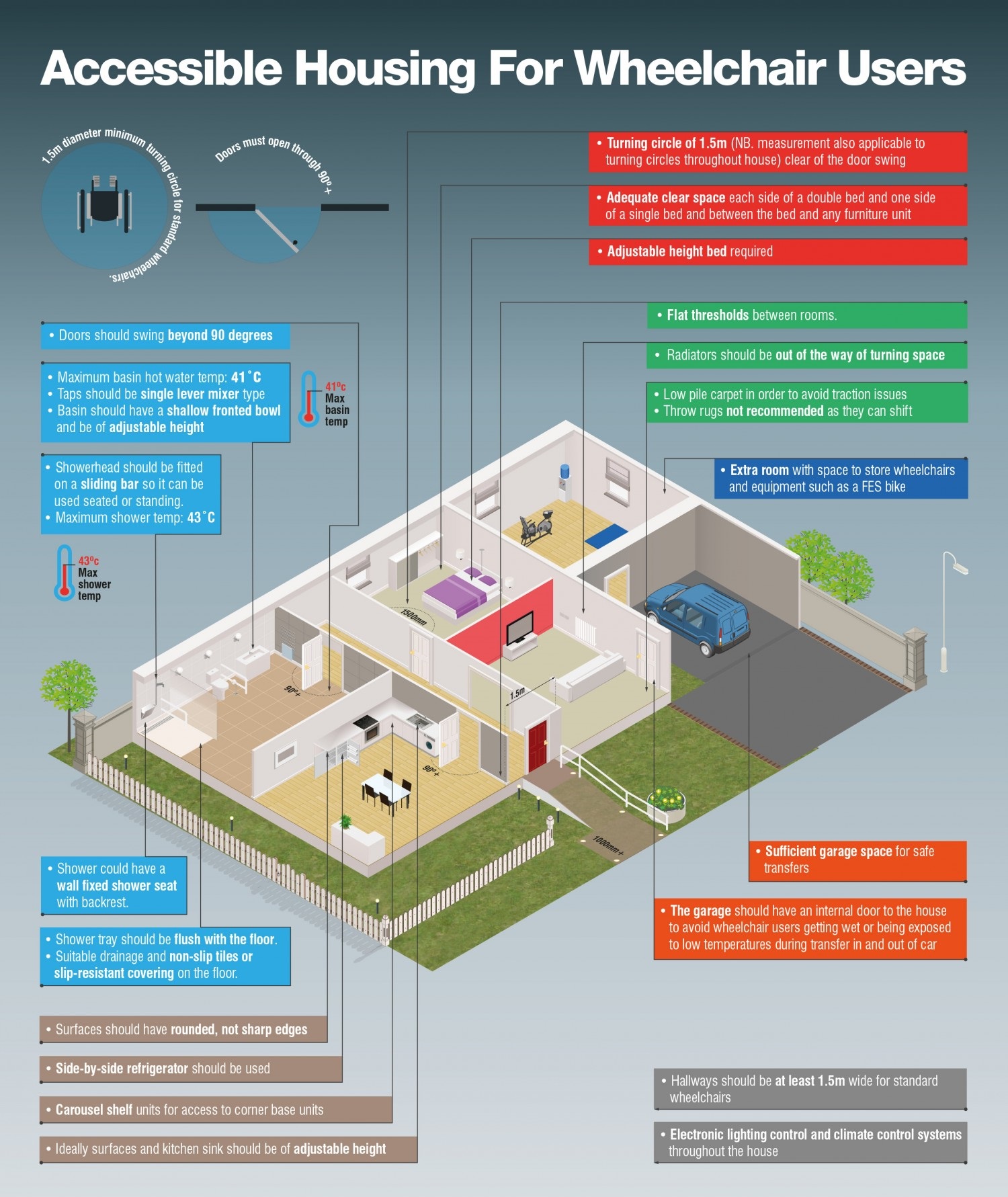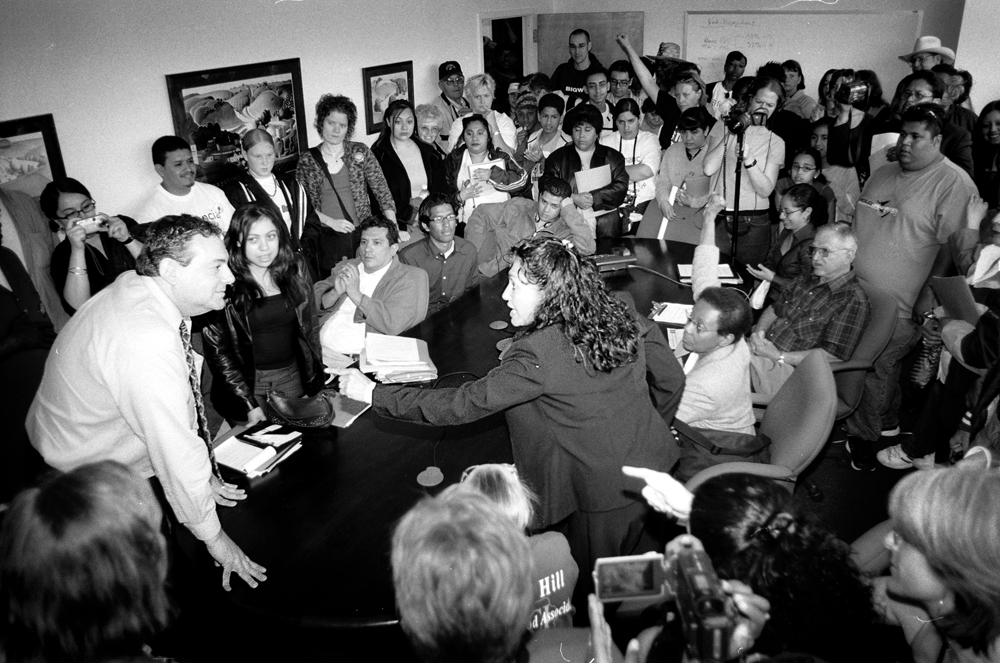|
Community Reinvestment Act
The Community Reinvestment Act (CRA, P.L. 95-128, 91 Stat. 1147, title VIII of the Housing and Community Development Act of 1977, ''et seq.'') is a United States federal law designed to encourage commercial banks and savings associations to help meet the needs of borrowers in all segments of their communities, including low- and moderate-income neighborhoods.Text of Housing and Community Development Act of 1977 — Title VIII (Community Reinvestment) Congress passed the Act in 1977 to reduce discriminatory credit practices against low-income neighborhoods, a practice known as |
Redevelopment Agency
A redevelopment agency (RDA) is a government body dedicated to urban renewal. Typically it is a municipal level city department focused on a particular district or corridor that has become neglected or blighted (a community redevelopment agency or CRA). In many cases this is the city's original downtown that has been supplanted in importance by a regional shopping center. Redevelopment efforts often focus on reducing crime, destroying unsuitable buildings and dwellings, restoring historic features and structures, and creating new landscaping, housing and business opportunities mixed with expanded government services and transportation infrastructure. At one time, California had as many as 400 redevelopment agencies supported by tax increment financing. The 2008–2012 California budget crisis led to the dissolution of all redevelopment agencies in the state by February 1, 2012. Each redevelopment agency was replaced by a "successor agency to the redevelopment agency" that manage ... [...More Info...] [...Related Items...] OR: [Wikipedia] [Google] [Baidu] |
Federal Reserve System
The Federal Reserve System (often shortened to the Federal Reserve, or simply the Fed) is the central banking system of the United States. It was created on December 23, 1913, with the enactment of the Federal Reserve Act, after a series of financial panics (particularly the panic of 1907) led to the desire for central control of the monetary system in order to alleviate financial crises. Although an instrument of the U.S. government, the Federal Reserve System considers itself "an independent central bank because its monetary policy decisions do not have to be approved by the president or by anyone else in the executive or legislative branches of government, it does not receive funding appropriated by Congress, and the terms of the members of the board of governors span multiple presidential and congressional terms." Over the years, events such as the Great Depression in the 1930s and the Great Recession during the 2000s have led to the expansion of the roles and responsibi ... [...More Info...] [...Related Items...] OR: [Wikipedia] [Google] [Baidu] |
Downpayment
In accounting, a down payment (also called a deposit in British English) is an initial up-front partial payment for the purchase of expensive goods or services such as a car or a house. It is usually paid in cash or equivalent at the time of finalizing the transaction. A loan of some sort is then required to finance the remainder of the payment. The main purposes of a down payment is to ensure that the lending institution has enough capital to create money for a loan in fractional reserve banking systems and to recover some of the balance due on the loan in the event that the borrower defaults. In real estate, the asset is used as collateral in order to secure the loan against default. If the borrower fails to repay the loan, the lender is legally entitled to sell the asset and retain enough of the proceeds to repay the remaining balance on the loan, including fees and interest added. A down payment, in this case, reduces the lender's risk to less than the value of the collate ... [...More Info...] [...Related Items...] OR: [Wikipedia] [Google] [Baidu] |
Equal Credit Opportunity Act
The Equal Credit Opportunity Act (ECOA) is a United States law (codified at et seq.), enacted October 28, 1974, that makes it unlawful for any creditor to discriminate against any applicant, with respect to any aspect of a credit transaction, on the basis of race, color, religion, national origin, sex, marital status, or age (provided the applicant has the capacity to contract); the applicant's use of a public assistance program to receive all or part of their income; or the applicant's previous good-faith exercise of any right under the Consumer Credit Protection Act. The law applies to any person who, in the ordinary course of business, regularly participates in a credit decision, including banks, retailers, bankcard companies, finance companies, and credit unions. The part of the law that defines its authority and scope is known as Regulation B, from the (b) that appears in Title 12 part 1002's official identifier: 12 C.F.R. § 1002.1(b) (2017). Failure to comply with Re ... [...More Info...] [...Related Items...] OR: [Wikipedia] [Google] [Baidu] |
Fair Housing Act
The Civil Rights Act of 1968 () is a Lists of landmark court decisions, landmark law in the United States signed into law by President of the United States, United States President Lyndon B. Johnson during the King assassination riots. Titles II through VII comprise the Indian Civil Rights Act, which applies to the Native Americans in the United States, Native American tribes of the United States and makes many but not all of the guarantees of the United States Bill of Rights, U.S. Bill of Rights applicable within the tribes. (That Act appears today in Title 25, sections 1301 to 1303 of the United States Code). Titles VIII and IX are commonly known as the Fair Housing Act, which was meant as a follow-up to the Civil Rights Act of 1964. (This is different legislation than the Housing and Urban Development Act of 1968, which expanded housing funding programs.) While the Civil Rights Act of 1866 prohibited discrimination in housing, there were no federal enforcement provisions. T ... [...More Info...] [...Related Items...] OR: [Wikipedia] [Google] [Baidu] |
National People's Action
People's Action is a national progressive advocacy and political organization in the United States made up of 40 organizations in 30 states. The group's stated goal is to "build the power of poor and working people, in rural, suburban, and urban areas to win change through issue campaigns and elections." People's Action and the associated tax-exempt 501(c)(3) organization, People's Action Institute, were established in 2016 through a merger of three national networks of community organizing groups, National People's Action, the Alliance for a Just Society and USAction, as well as of organizations like the Campaign for America's Future and the Center for Health, Environment and Justice. National People's Action National People's Action was a federation of 29 grassroots organizations in 18 states working together for racial and economic justice. Headquartered in Chicago, the organization was founded in 1972 by Austin neighborhood activist Gale Cincotta and professional organize ... [...More Info...] [...Related Items...] OR: [Wikipedia] [Google] [Baidu] |
Gale Cincotta
Gale Cincotta (December 28, 1929 – August 15, 2001), a community activist from the Austin neighborhood of Chicago, led the national fight for the US federal Home Mortgage Disclosure Act (HMDA) of 1975 and the Community Reinvestment Act (CRA) of 1977. The CRA requires banks and savings and loans to offer credit throughout their entire market areas and prohibits them from targeting only wealthier neighborhoods with their lending and services, a practice known as redlining. She was a co-founder with Shel Trapp of the National People's Action in Chicago, a coalition of some 300 community organizations throughout the United States, and served as its executive director and chairperson from 1973 until her death in 2001. Background Cincotta was born Aglaia Angelos on December 28, 1929 in Chicago, Illinois, an only child. Her father was Greek and her mother was Latvian, and they ran Greek restaurants.Westgate, p. 5. Her parents were Socialists, and Cincotta grew up around political tal ... [...More Info...] [...Related Items...] OR: [Wikipedia] [Google] [Baidu] |
Library Of Congress
The Library of Congress (LOC) is a research library in Washington, D.C., serving as the library and research service for the United States Congress and the ''de facto'' national library of the United States. It also administers Copyright law of the United States, copyright law through the United States Copyright Office, and it houses the Congressional Research Service. Founded in 1800, the Library of Congress is the oldest Cultural policy of the United States, federal cultural institution in the United States. It is housed in three buildings on Capitol Hill, adjacent to the United States Capitol, along with the National Audio-Visual Conservation Center in Culpeper, Virginia, and additional storage facilities at Fort Meade, Fort George G. Meade and Cabin Branch in Hyattsville, Maryland. The library's functions are overseen by the librarian of Congress, and its buildings are maintained by the architect of the Capitol. The LOC is one of the List of largest libraries, largest libra ... [...More Info...] [...Related Items...] OR: [Wikipedia] [Google] [Baidu] |
95th United States Congress
The 95th United States Congress was a meeting of the legislative branch of the United States federal government, composed of the United States Senate and the United States House of Representatives. It met in Washington, D.C., from January 3, 1977, to January 3, 1979, during the final weeks of Gerald Ford's presidency and the first two years of Jimmy Carter's presidency. The apportionment of seats in this House of Representatives was based on the 1970 United States census. Both chambers maintained a Democratic supermajority, and with Jimmy Carter being sworn in as president on January 20, 1977, this gave the Democrats an overall federal government trifecta for the first time since the 90th Congress ending in 1969. , this was the most recent Congress to approve an amendment (the unratified District of Columbia Voting Rights Amendment) to the Constitution. This is the last time the Democratic Party or any political party held a 2/3 supermajority in the House. This is the la ... [...More Info...] [...Related Items...] OR: [Wikipedia] [Google] [Baidu] |
Federal Financial Institutions Examination Council
The Federal Financial Institutions Examination Council (FFIEC) is a formal U.S. government interagency body composed of five banking regulators that is "empowered to prescribe uniform principles, standards, and report forms to promote uniformity in the supervision of financial institutions". It also oversees real estate appraisal in the United States. Its regulations are contained in title 12 of the Code of Federal Regulations. Composition FFIEC includes five banking regulators—the Federal Reserve Board of Governors (FRB), the Federal Deposit Insurance Corporation (FDIC), the National Credit Union Administration (NCUA), the Office of the Comptroller of the Currency (OCC), and the Consumer Financial Protection Bureau (CFPB). History FFIEC was established March 10, 1979, pursuant to title X of the Financial Institutions Regulatory and Interest Rate Control Act of 1978 (FIRA). Housing and real estate The FFIEC was given additional statutory responsibilities by section 340 ... [...More Info...] [...Related Items...] OR: [Wikipedia] [Google] [Baidu] |
Regulatory Changes 2005
Regulation is the management of complex systems according to a set of rules and trends. In systems theory, these types of rules exist in various fields of biology and society, but the term has slightly different meanings according to context. For example: * in government, typically regulation (or its plural) refers to the delegated legislation which is adopted to enforce primary legislation; including land-use regulation * in economy: regulatory economics * in finance: financial regulation * in business, industry self-regulation occurs through self-regulatory organizations and trade associations which allow industries to set and enforce rules with less government involvement; and, * in biology, gene regulation and metabolic regulation allow living organisms to adapt to their environment and maintain homeostasis; * in psychology, self-regulation theory is the study of how individuals regulate their thoughts and behaviors to reach goals. Forms Regulation in the social, political ... [...More Info...] [...Related Items...] OR: [Wikipedia] [Google] [Baidu] |



